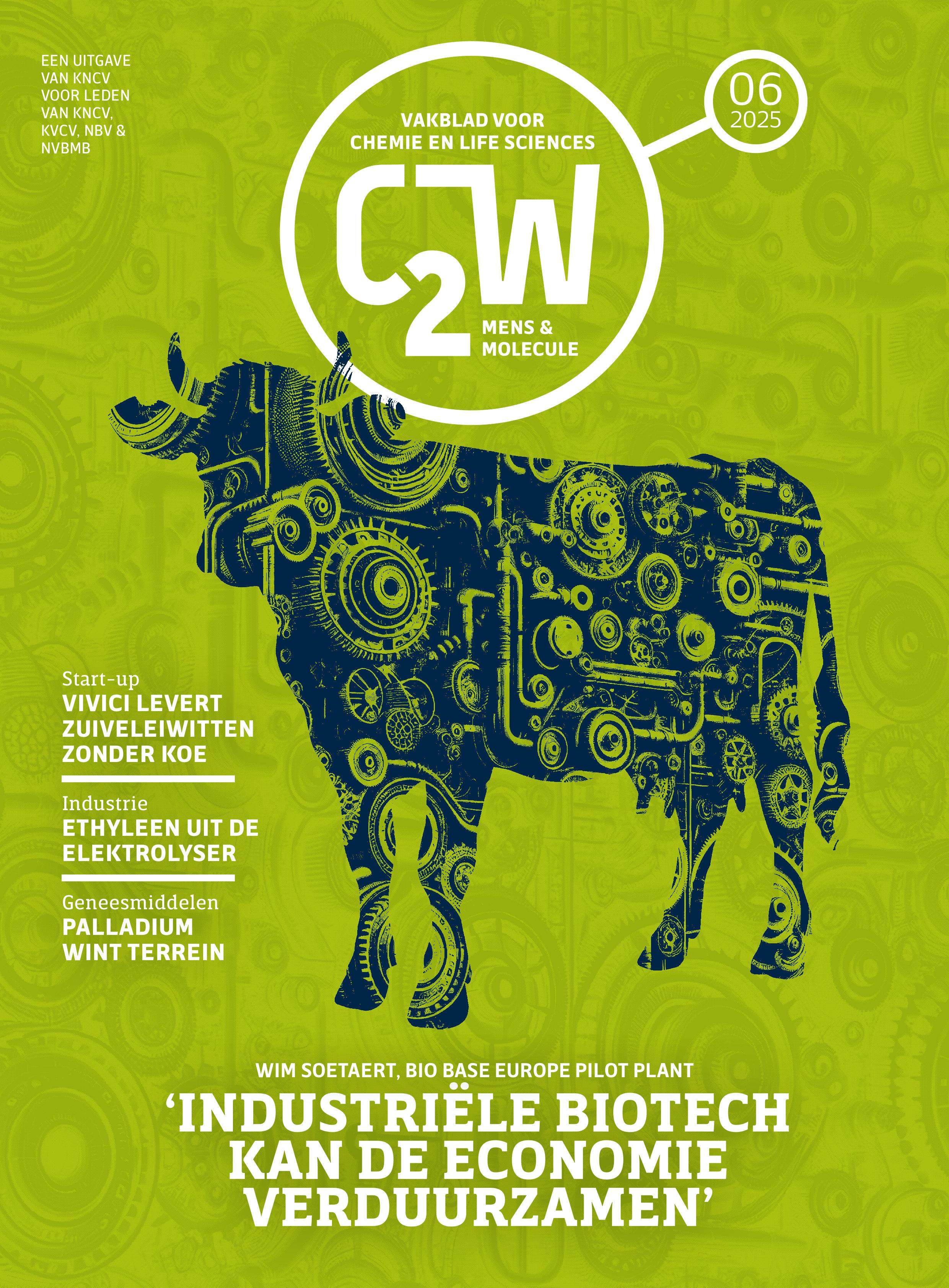Wenst u een activiteit te laten opnemen in deze lijst? Geef uw activiteit door via dit formulier.
Plasma-catalytic DRM: Study of LDH-Derived Catalyst for DRM in a GAP Plasma System

Categorie
Doctoraatsverdediging
Date
2023-12-11 10:00
Locatie
Universiteit Antwerpen, Campus Drie Eiken, Gebouw S, Auditorium S1 - Universiteitsplein 1
2610 Antwerpen, België
2610 Antwerpen, België
Promovendus/a: Wencong Xu
Promotor(en): Annemie Bogaerts, Vladimir Galvita, Vera Meynen
Plasma is considered one of the promising technologies to solve greenhouse gas problems, as it can activate CO2 and CH4 at relatively low temperatures. Among the various types of plasmas, the gliding arc plasmatron (GAP) is promising, as it has a high level of non-equilibrium and high electron density. Nevertheless, the conversion of CO2 and CH4 in the GAP reactor is limited. Therefore, combining the GAP reactor with catalysts and making use of the heat produced by the plasma to provide thermal energy to the catalyst, forming a post-plasma catalytic (PPC) system, is hypothesized to improve its performance. Previous studies have been reported on the PPC system, combining catalysts with other types of gliding arc plasmas, such as two-dimensional (2D) gliding arc plasma. However, the improvement in the conversion or selectivity was limited. Adding extra heating with high temperature can be a solution for this, while this will also increase the energy cost. Therefore, in this PhD research, we investigate important aspects of the PPC concept towards the use of the heat produced by GAP plasma to heat the plasma bed, without additional energy input.Aiming at this, based on a literature study (chapter 1), Ni-loaded layered double hydroxide (LDH) derived catalyst with good thermal catalytic DRM performance were chosen as the catalyst material. Before applying the LDH as a support material, the rehydration property of calcined LDH in moist and liquid environment was studied as part of chapter 2. The data indicated that after high temperatures calcination (600-900 °C), the obtained layered double oxides (LDOs) can rehydrate into LDH, although, the rehydrated LDH were different from the original LDH. In chapter 3, different operating conditions, such as gas flow rate, gas compositions (e.g. CH4/CO2 ratio and nitrogen dilution), and addition of H2O were studied to investigate optimal conditions for PPC DRM, identifying possible differences in temperature profiles and exhaust gas compositions that might influence the catalytic performance. Subsequently, the impact of different PPC configurations, making use of the heat and exhaust gas composition produced by the GAP plasma, is shown in Chapter 4. Experiments studying the impact of adjusting the catalyst bed distance to the post-plasma, the catalyst amount, the influence of external heating (below 250 °C) and the addition of H2O are discussed. As only limited improvement in the performance was achieved, a new type of catalyst bed was designed and utilized, as described in chapter 5. This improved configuration can realize better heat and mass transfer by directly connecting to the GAP device. The performance was improved and became comparable to the traditional thermal catalytic DRM results obtained at 800 °C, although obtained by a fully electrically driven plasma.
Alle datums
- 2023-12-11 10:00
Powered by iCagenda

